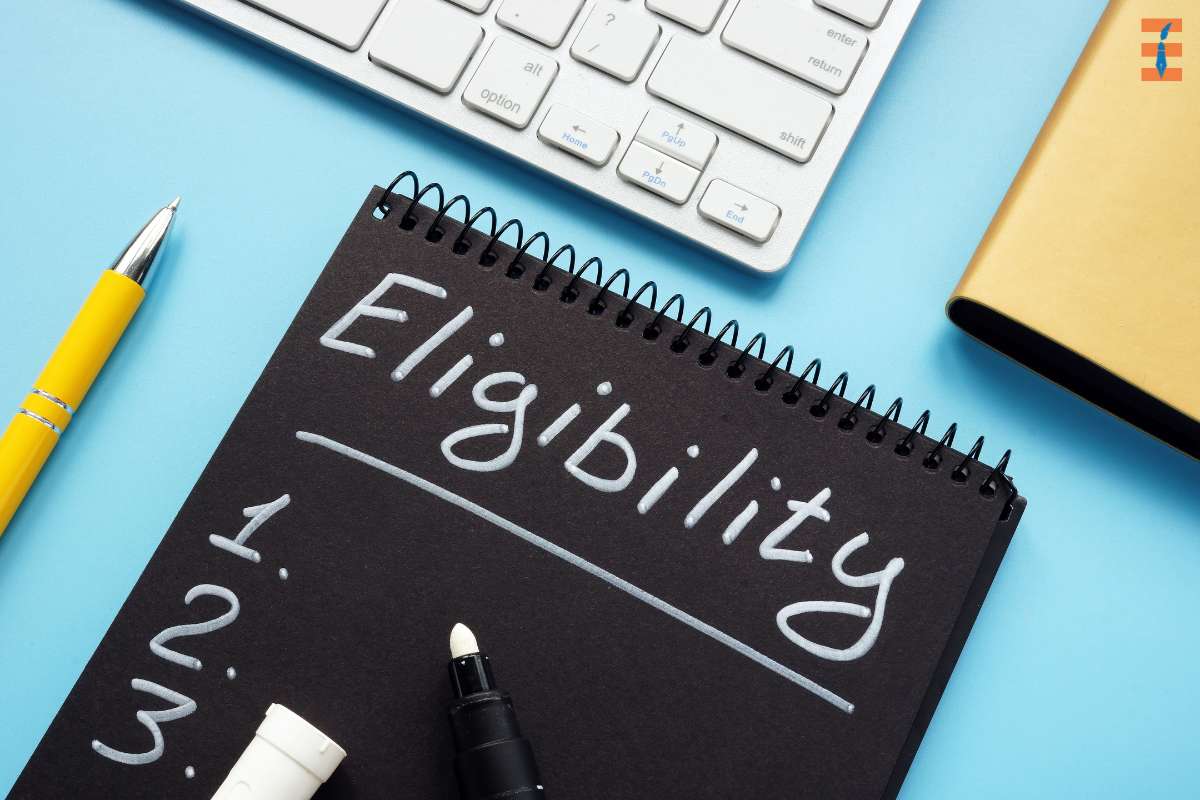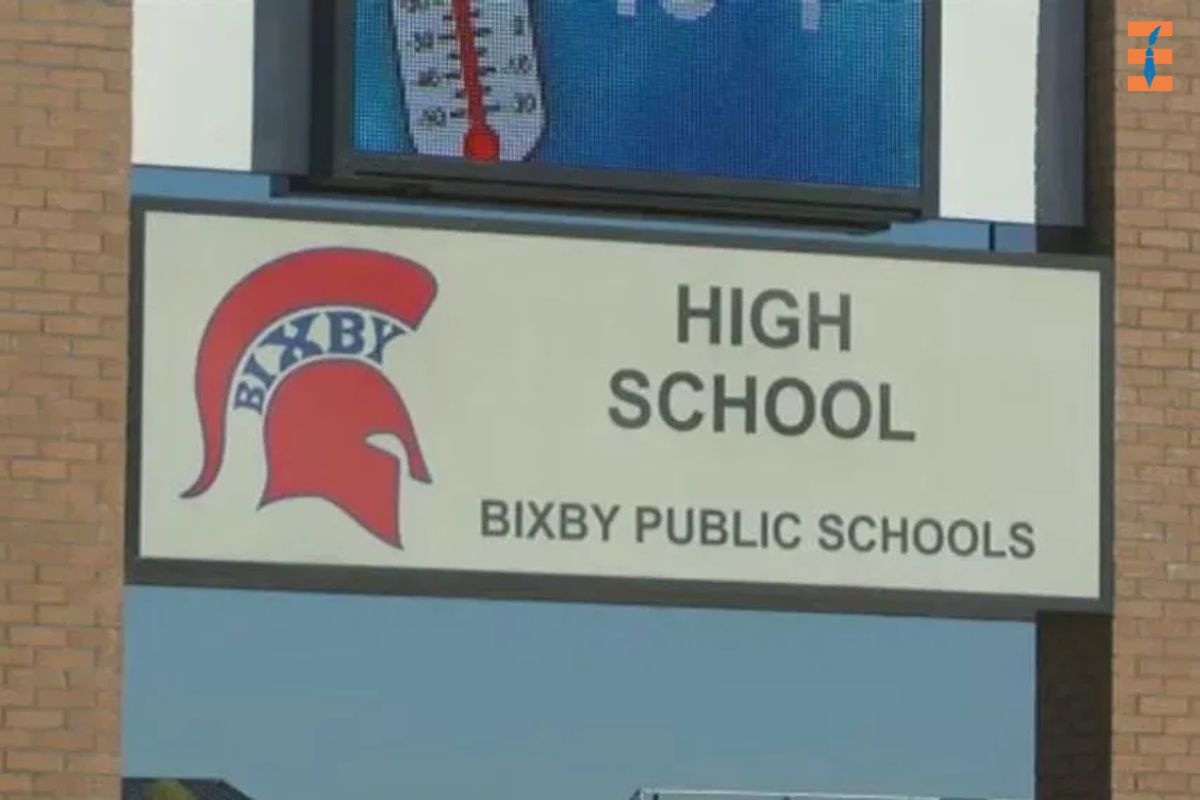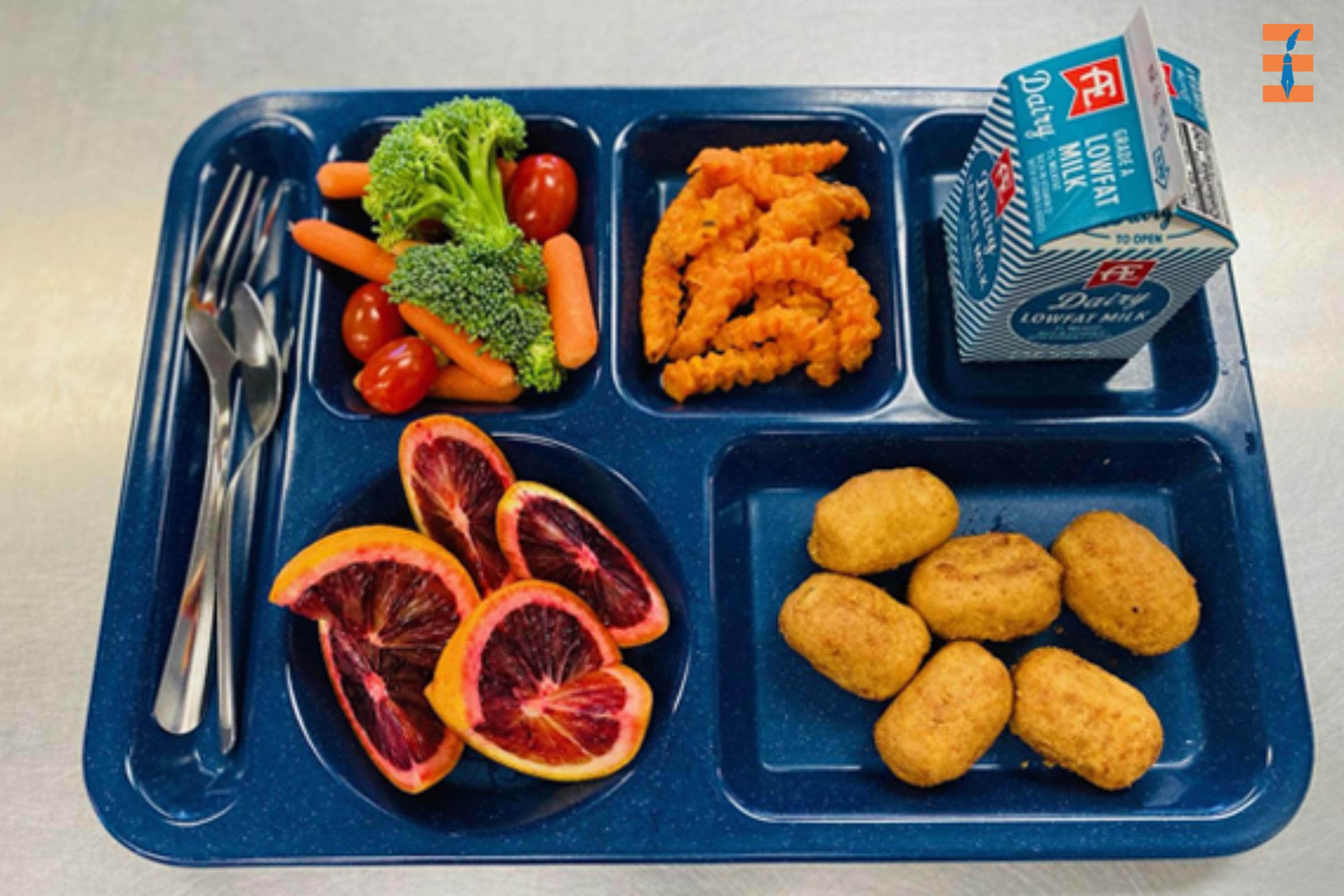Students get work-related experience via a sequence of activities that are planned and organized in work-based learning, also known as WBL. It addresses the unifying goal of educational institutions and business organizations: to offer students the knowledge and skills required for successful employment.
Job-based learning occurs when high school students engage in real-world work settings to get experience in their chosen area of study and to apply the knowledge and skills they have learned in the classroom. Work-based learning may occur in several contexts, including high school, via programs such as internships, pre-apprenticeships, and cooperative education opportunities.
Here Are 13 Examples of Work-based Learning in High School:
When most people hear the phrase ′′WBL,′′ they instantly think of traditional work-based learning. It necessitates that students spend time both in the classroom and in real-world situations such as workplaces. By engaging in simulated work-based learning, students may get experience and a feeling of being in a company without ever leaving the classroom.
1. How can I become eligible for work-based learning (WBL)?

To be eligible for a WBL placement, a student must be at least 16 years old and enrolled in 11th or 12th grade. Students must first have a clearly defined Career Pathway to participate in a Work-Based Learning placement.
2. What federal law governs work-based learning?
On-the-job training in the field of federal legislation The Carl D. Perkins Career and Technical Education Act of 2006 (commonly known as Perkins IV), the Every Student Succeeds Act of 2015 (also known as ESSA), and the Workforce Innovation and Opportunity Act of 2014 all include WBL (WIOA).
3. Which of the following best represents work-based learning?
WBL, or work-based learning, is an educational technique that provides students with the opportunity to get practical and theoretical job experience, enabling them to increase their employability while also improving their academic and professional talents.
It is a collection of academic programs designed to bridge the gap between conventional higher education and the needs of the working world.
4. What exactly is a work-based program?
WBL is a form of educational program that combines regular classroom teaching with real-world job experience that is closely related to the student’s chosen subject of study. The curriculum’s purpose is to increase students’ general comprehension by bridging the gap between academic study and professional application.
5. What is the primary goal of work-based learning?

WBL can be used to achieve a variety of goals, including, but not limited to, the development of vocational skills that contribute to recognized vocational qualifications; the development of general work habits and job-readiness; and the assistance of students in understanding what is involved in various jobs so that they can make better career decisions.
6. What are the three different forms of work-based learning?
This article provides an overview of research and case study findings on WBL at the secondary school level. The emphasis of the paper is on three types of WBL activities: internships/cooperative education, apprenticeships, and school-based entrepreneurship.
7. How many students benefit from work-based learning?
Participants in work-based learning experiences have the opportunity to enhance their soft skills in six important domains: communication, enthusiasm and attitude, collaboration, networking, problem-solving, critical thinking, and professionalism. These are the types of abilities that provide you an edge over others when it comes to achieving your career goals.
8. How can you provide work-based learning opportunities for your students?

- A Guide to Creating an Effective WBL Program
- Encourage entry into and progress along a desired professional path.
- Give workers significant tasks that will help them advance in their careers and expertise.
- Make some kind of restitution available.
- Determine the talents to be targeted and the mechanisms for validating gains.
- Encourage skill improvement.
- Encourage college enrollment, involvement, and graduation.
9. What is the structure of a work-based learning program?
Work-based learning is organized as a sequenced continuum that intensifies as a student moves through the program of study. Workplace visits, job shadowing, school-based businesses, internships, and apprenticeships are all examples of this form of learning.
10. Which of the following are the four components of work-based learning?
The figure below depicts how diverse work-based learning activities may be classified into four categories: career experience, career engagement, career exposure, and career exploration.
11. What are some of the advantages of on-the-job training?
- The benefits that both parties obtain from on-the-job learning Offer upgrades to the student’s educational experience
- Create collaborative relationships with local companies.
- Improve their reputation as a credible educational institution in the community.
12. What is the most popular kind of on-the-job training?

Apprenticeships (both formal and informal), internships and traineeships, and on-the-job training are the most common kinds of work-based learning. These kinds often, but not always, blend components of workplace learning with learning that occurs in a regular classroom context.
13. What exactly is work-based activity?
Learning activities that are grounded in daily practice and focus on improving students’ ability to solve problems in their regular professional occupations.
Conclusion:
To survive and compete in the rigorously-competitive job market, students have to prepare from their high school days. This is where concepts like work-based learning come in. We hope this blog gave you a fair idea about ‘Work-based Learning in High School’. For more insightful educational content, keep visiting futureeducationmagazine.com.
Also Read: 8 Principles Of Gamified Learning










